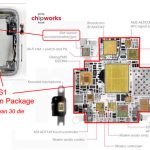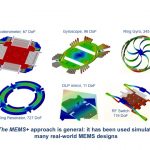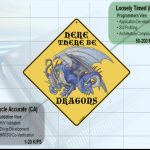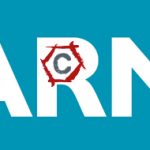About 11 months ago, I wrote a piece titled “Money for data and your MEMS for free.” In that, I took on the thinking that TSMC is just going to ride into town, fab trillions of IoT sensors, and they all will be 2.6 cents ten years from now. Good headline, but the technology and economics are not that simple. This may be the semiconductor … Read More
Tag: models
All Models Are Wrong, Some Are Useful
“All models are wrong, some are useful.” This remark is attributed to the statistician George Box who used it as the section heading in a paper published in 1976.
Just for fun I looked up a few semiconductor statistics from 1976. Total capital spending was $238M in Japan and $306M in US and…that’s it, there was nobody else back then … Read More
MEMS+, Bringing MEMS into the Electronic World
One of the things about MEMS devices is that they almost always live on a chip that also contains the electronics necessary to process the output from the sensor. For example, an on-chip accelerometer for a car airbag deployment will contain the electronics necessary to process the signal from the sensor and end up with something… Read More
Carbon has Six Weeks of ARM, not to Mention Imagination and MIPS
As George E.P. Box said, “essentially all models are wrong but some are useful.” That is certainly the case with Carbon’s models. For processors they have two models, one that is fast (but not timing-accurate) and one that is accurate (but not fast). But both are useful.
Carbon attended the ARM TechCon in Santa… Read More
ARM Models: Carbon Inside
ARM used to build their own models. By hand. They had an instruction-set simulator (ISS) called ARMulator that was largely intended for software development, and cycle-accurate models that were intended to run within digital simulators for development of the hardware of ARM-based systems.
There were two problems with this … Read More
Introducing TLMCentral
Way back in 1999 the open SystemC initiative (OSCI) was launched. In 2005 the IEEE standard for SystemC (IEEE1666-2005 if you are counting) was approved. In 2008, TLM 2.0 was standardized (transactional level models), making building virtual platforms using SystemC models easier. At least the models should be play nicely together,… Read More






